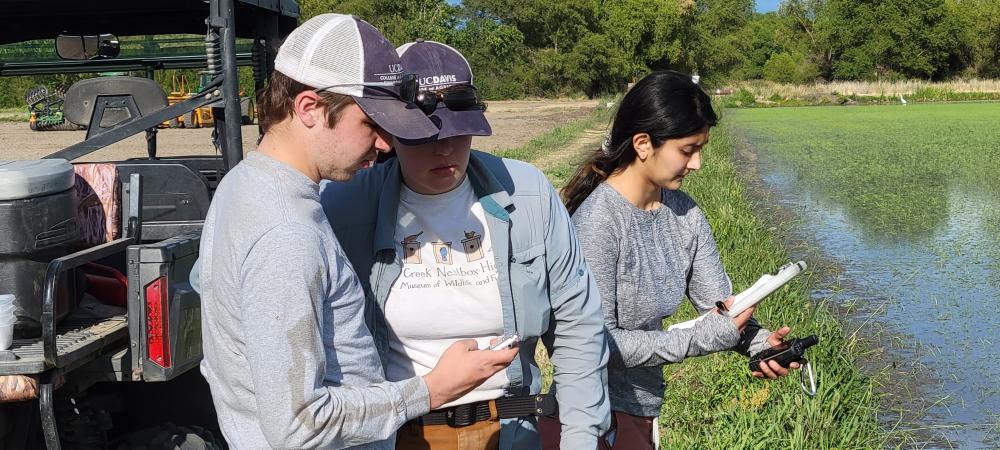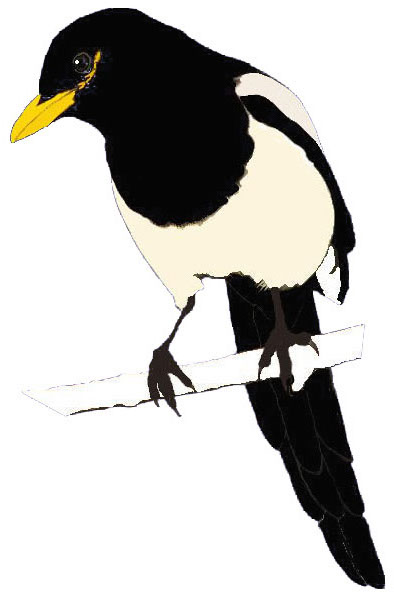Biodiversity Surveys
Biodiversity Surveys

In order to address the needs of understanding biodiversity, the Museum has been involved in several multi-year inventories across the United States, with emphasis in the West. Multi-year contracts with California State Parks began in 2004 for inventories in the Sierra Nevada foothills of Yuba and El Dorado counties. This was then followed by an inventory of special status species in all of the state park units of the San Joaquin Valley. In addition we were contracted to survey birds and mammals at Point Lobos Ecological Reserve. These projects resulted in technical reports and amassed over 1,000 specimens across all projects and taxa. More local to Davis, we were contracted to conduct biodiversity surveys in the Yolo Bypass as part of a major planning effort by the California Department of Water Resources. Inventories here were not specimen based, but involved establishing MAPS banding stations for birds, small mammal trapping, vegetation surveys, and avian point count surveys. By the end of this project in 2009, Museum biologists developed expertise in rapid biodiversity assessments which developed into other major programs in other parts of the United States and globally.
In 2005, the Museum was contracted by the US Army Corps of Engineers in the State of Washington and Oregon, to assess small mammal, bird and herpetological diversity in the Columbia Basin. The Columbia River and Snake River watersheds remain some of the most altered in western North America. These two great rivers converge in Eastern Washington where they once supported vast shrub-steppe uplands, riparian forests and grasslands. This landscape is now greatly altered with over 20 major dams, massive land conversion for agriculture, and a rapidly growing human population. What natural habitat remains is primarily encompassed in federal, state and tribal wildlife refuges and management areas. In association with the dams, the U.S. Army Corps of Engineers manages a network of Habitat Management Units (HMUs) that are distributed along most of the shoreline of the Snake and Columbia rivers.

Traditionally these HMUs have been managed for recreation including hunting, fishing and off-road vehicles. In the past two decades biologists recognized that the HMUs support a diverse assemblage of wildlife and plants, and so began to question the future management of the HMUs and the role they play in supporting riverine biodiversity. There was a need to assess natural resource baseline data to support species and habitat management decisions on HMUs. The Corps of Engineers began to develop strategies to inventory and investigate natural resources and management for multiple species. These directives were organized into three basic levels of effort: land use classifications and rapid assessment of diversity (Level 1), multi-species detailed inventories (Level 2), and adaptive management investigations (Level 3). The UC Davis Museum of Wildlife and Fish Biology was contracted to conduct vertebrate inventories in the HMUs with special emphasis on small mammals, reptiles, and amphibians. In addition our team supported avian surveys in the region. These inventories were completed in 2009 and a series of technical reports were published in 2009 and 2010 that summarized results for each HMU. Our team of specialists are available for contracting to meet wildlife inventory objectives at a local or landscape level effort.
The Museum has also developed a special expertise in the deployment and interpretation of Automated Recorder Units for bat and avian surveys. In particular, the Museum has collaborated with the California Department of Fish and Wildlife on landscape and ecoregion-level inventories of birds using ARS technology. Our work in this arena is evolving to keep up with technological advances in algorithm-based learning software used to interpret bat audio detections and avian recordings.
Reports
Alminas, O. S. V., Cook, A. A., Gibert, P. L., and Engilis, Jr., A. Herpetofauna of the Lower Snake River Habitat Management Units: Results from the 2009 Field Season. A Report to the U.S. Army Corps of Engineers - Walla Walla District. Museum of Wildlife and Fish Biology, Department of Wildlife, Fish, and Conservation Biology. University of California, Davis. 2010.
Engilis, I. E., Engilis, Jr., A., Alminas, O. S. V., and Cook, A. A. Diversity and Distribution of Small Mammals in U. S. Army Corps of Engineers Habitat Management Units of the Lower Snake and Columbia Rivers, Washington, 2009 Field Season. Museum of Wildlife and Fish Biology. Department of Wildlife, Fish and Conservation. Biology. University of California, Davis. 2010.
Engilis, I. E., Engilis, Jr., A., Alminas, O. S. V., and Guilfoyle, M. P. Diversity and Distribution of Small Mammals in U. S. Army Corps of Engineers Habitat Management Units of the Lower Snake and Columbia Rivers, 2008 Field Season. Museum of Wildlife and Fish Biology. Department of Wildlife, Fish and Conservation. Biology. University of California, Davis. 2010.
Alminas, O. S. V., Engilis, Jr., A., and P. L. Gibert. Herpetofauna of the Lower Snake River Habitat Management Units: Results from the 2008 Field Season. A Report to the U.S. Army Corps of Engineers Walla Walla District. Museum of Wildlife and Fish Biology, Department of Wildlife, Fish, and Conservation Biology. University of California, Davis. 2009.
Engilis, Jr., A., Alminas, O. S. V., Canstañeda, A. E., Lindgren, E., and Gibert, P. L. Special Status Species in San Joaquin Valley State Parks, California. Museum of Wildlife and Fish Biology. Department of Wildlife, Fish and Conservation. Biology. University of California, Davis. 2007; No. 16.
